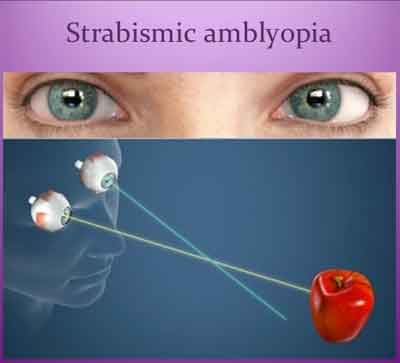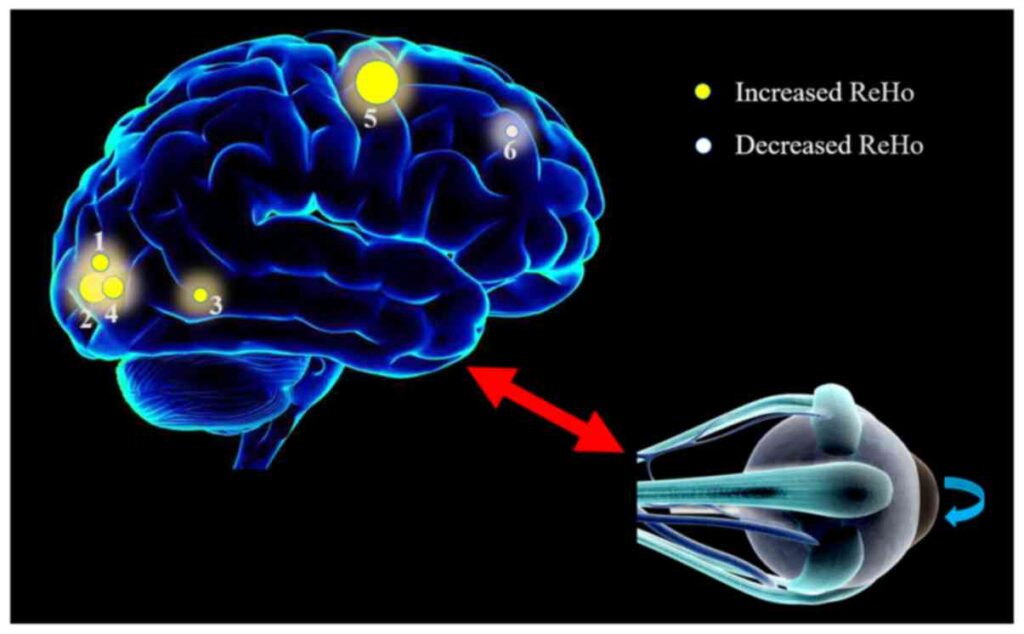Worth 4-Dot Test . Binocular Vision . About Fusion .Dr Rakib Hasan .
Fusion in vision refers to the brain’s ability to combine the images from both eyes into a single, clear, and three-dimensional image. It involves both motor fusion (eye alignment) and sensory fusion (perception of a single image). To check for fusion, several clinical tests are used:

Worth 4-Dot Test
Purpose: Assesses the presence of suppression and fusion.
Procedure:
The patient wears red-green glasses (red over the right eye, green over the left).
They look at a Worth 4-dot flashlight or wall-mounted target.
Results:
4 dots seen → Normal fusion
2 red dots (OD suppression) or 3 green dots (OS suppression) → Suppression
5 dots seen → Diplopia (no fusion)
- Bagolini Striated Glasses Test
Purpose: Evaluates sensory fusion in natural viewing conditions.
Procedure:
The patient wears Bagolini lenses and looks at a point light source.
Each eye sees a streak of light at 45° and 135°, forming an “X” if fusion is present.
Results:
Continuous X → Normal fusion
One missing line → Suppression
Two separate streaks → Diplopia
Stereopsis Tests (Depth Perception Tests)
Purpose: Indirectly assess fusion by checking if the patient has binocular depth perception.
Common Tests:
Titmus Fly Test: The patient wears polarized glasses and identifies depth in stereoscopic images.
Randot Stereo Test: Checks fine stereopsis using random-dot patterns.
TNO Test: Uses red-green anaglyphs to test for stereopsis and suppression.
Maddox Rod Test (for Motor Fusion)
Purpose: Assesses alignment and fusion ability.
Procedure:
A Maddox rod is placed over one eye while the patient looks at a light source.
The patient describes the relative position of the light streak and the actual light source.
Helps detect heterophoria or heterotropia, which can impact fusion.
Prism Fusion Range (Motor Fusion Test)
Purpose: Evaluates the range of fusional vergence (how much prism the patient can handle before diplopia).
Procedure:
Base-in and base-out prisms are introduced while the patient fixates on a target.
The prism is increased until fusion is lost.
Results:
Low fusional reserves may indicate convergence or divergence insufficiency.

Dr Rakib Hasan
M.Optom





